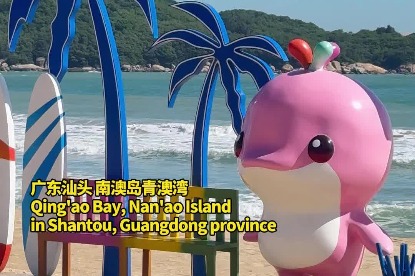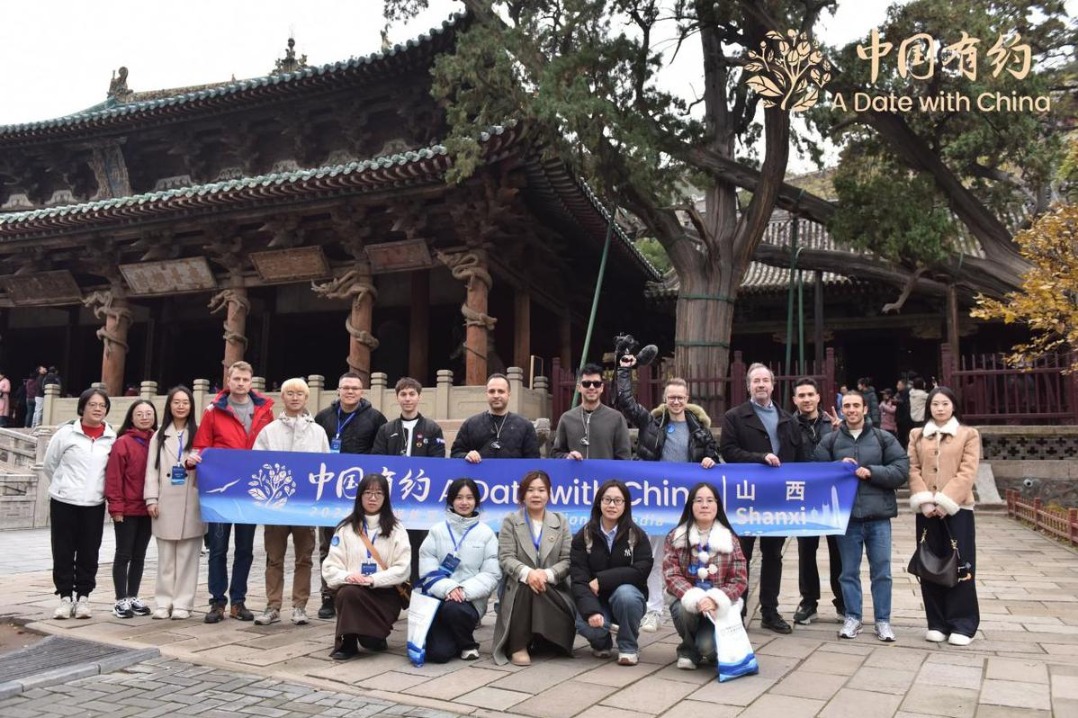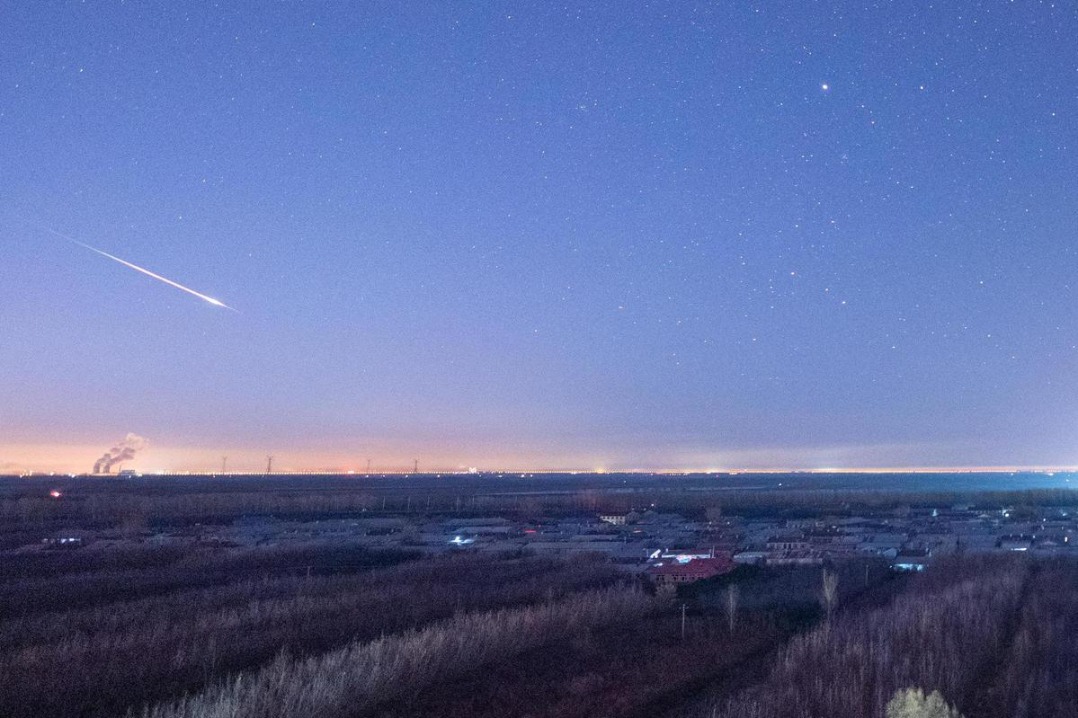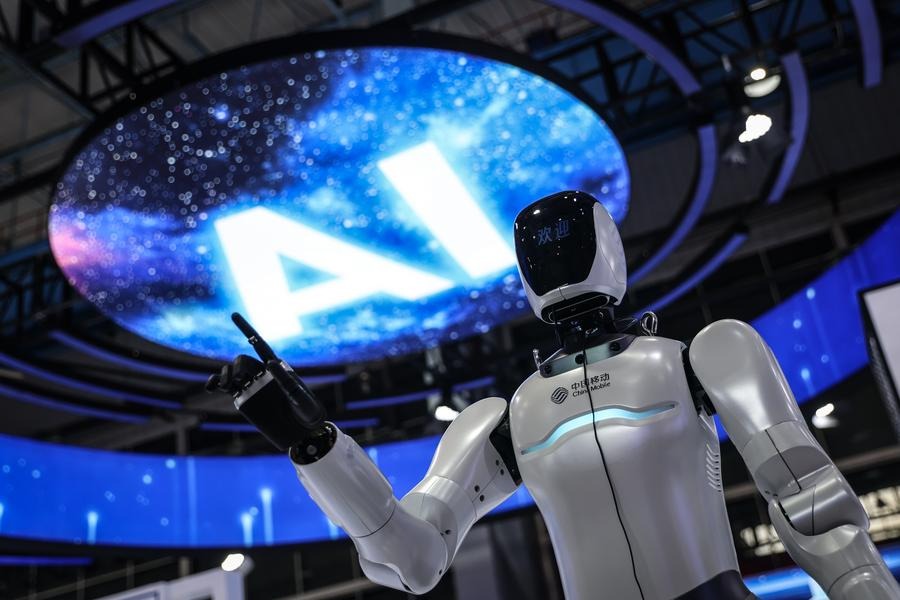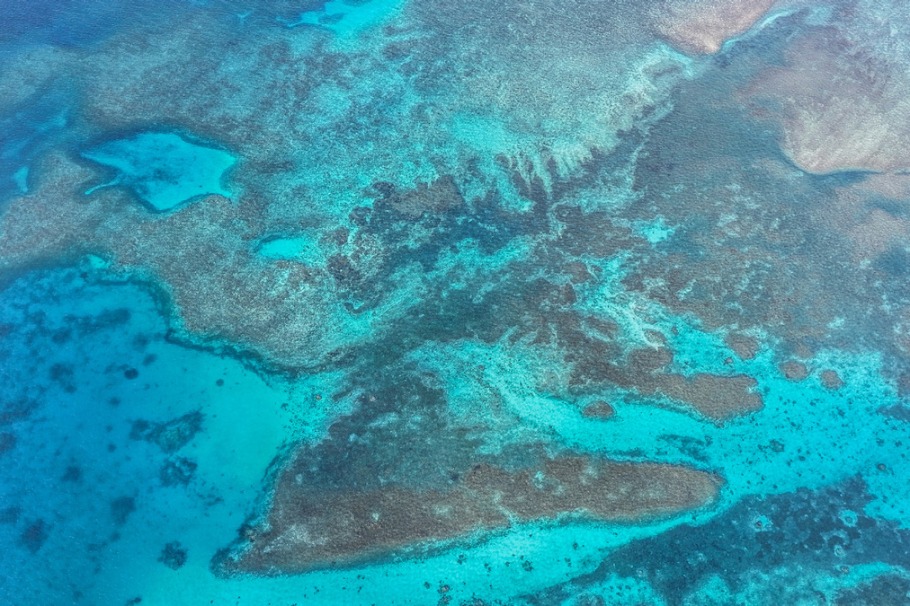Human errors and subterfuge risk amplifying disaster


Japan commenced its fourth release of nuclear-contaminated wastewater from the crippled Fukushima Daiichi Nuclear Power Plant into the Pacific Ocean on Wednesday, local media reported.
Despite the concerns and opposition it has faced both at home and abroad, Tokyo Electric Power Company announced that it would discharge about 7,800 metric tons of the wastewater, a similar amount to the previous three rounds, over about 17 days.
Domestic opposition and distrust were rekindled after TEPCO admitted that on Feb 7 about 5.5 tons of water containing radioactive materials had leaked from the outlet of a device used to purify nuclear-contaminated water at the Fukushima plant, and the water may contain 22 billion becquerels of radioactive materials such as cesium and strontium.
According to TEPCO, human error was deemed to be the cause of the leak, as 10 out of the 16 valves of the device that should have been closed were open. In October last year, five workers were directly exposed to liquid waste containing radioactive materials at the plant.
Such "human errors" have been reported at least twice since the discharge of the nuclear-contaminated water started in August last year and the discharge process will take at least 30 years. It is inevitable that there will be more human errors in the coming years, and the likelihood of some being even more serious is almost unavoidable.
That proves the "mature" and "effective" processing technologies and discharge process are not as safe and reliable as the Japanese government bragged about to the International Atomic Energy Agency and the international community.
In all probability, there must be weaknesses in the technology or loopholes in the management systems that Tokyo has covered up from the very beginning. Otherwise these "human errors "would not have happened so frequently.
If the processed water TEPCO discharges into the ocean is so clean to be even "drinkable" and its environmental impacts can be ignored, as some Japanese politicians have claimed, why is the wastewater being discharged into the sea, where the ocean currents will disperse it far from the Japanese coast, rather than being used for agriculture or other purposes. After all, usable water is a scarce resource. Reinforcing the concerns, the Japanese government has admitted that the cumulative effects of discharging the wastewater for 30 years in the ocean are still unpredictable despite the water being clean.
Japan's refusal to allow any country opposing the discharge to carry out independent on-the-spot sampling and investigation into the safety of the water it is releasing into the ocean, and its compensation to the domestic fishing industry are both telling signs that it does not believe its own claims that the water is safe to discharge into the ocean.
















